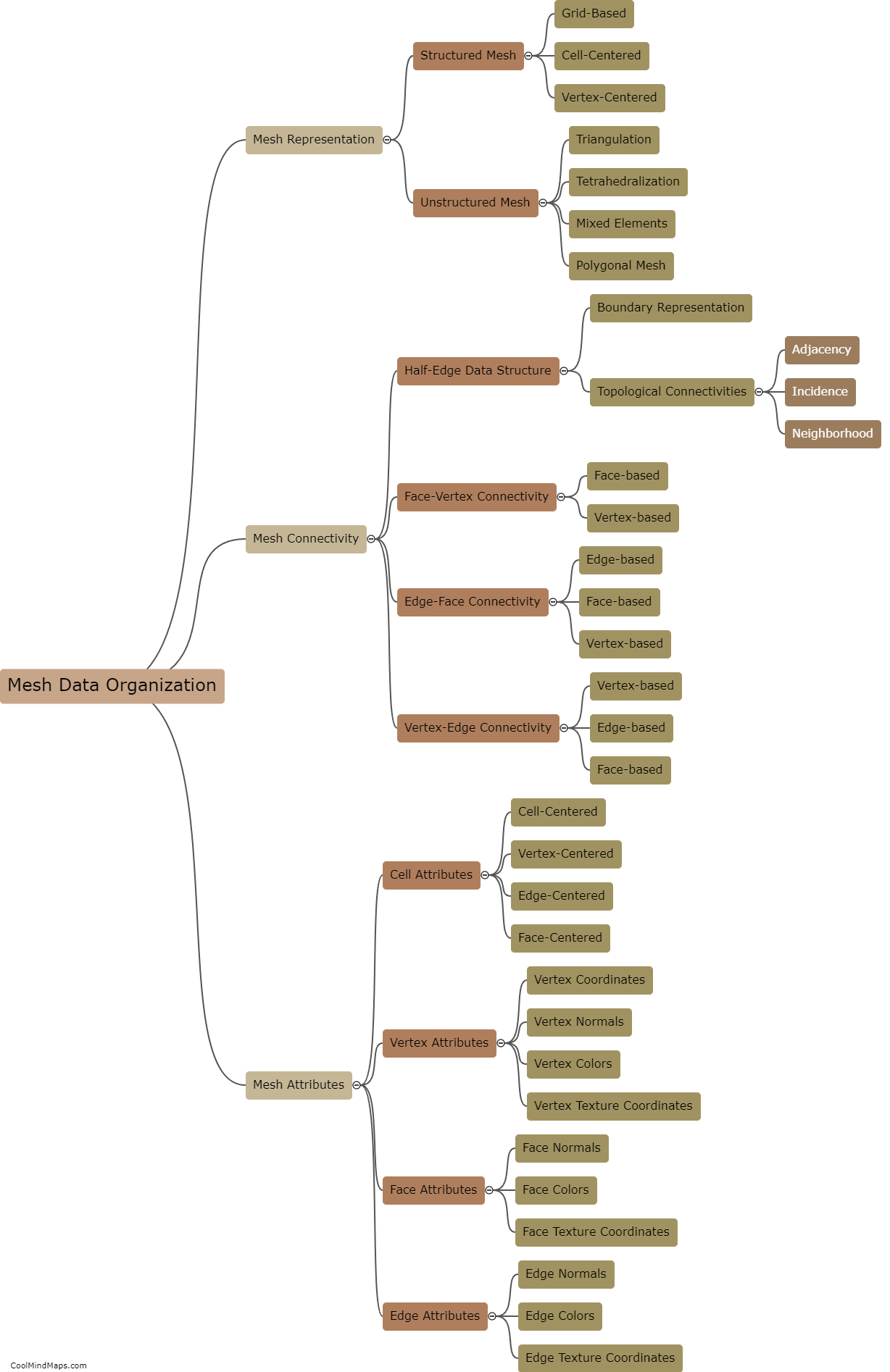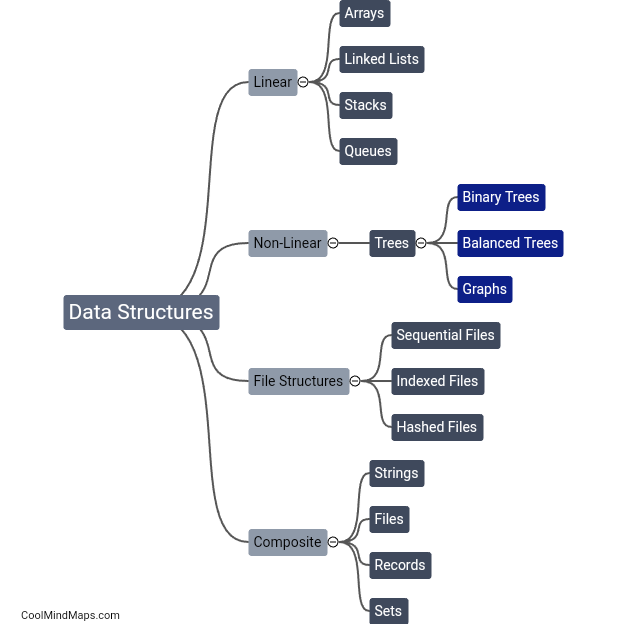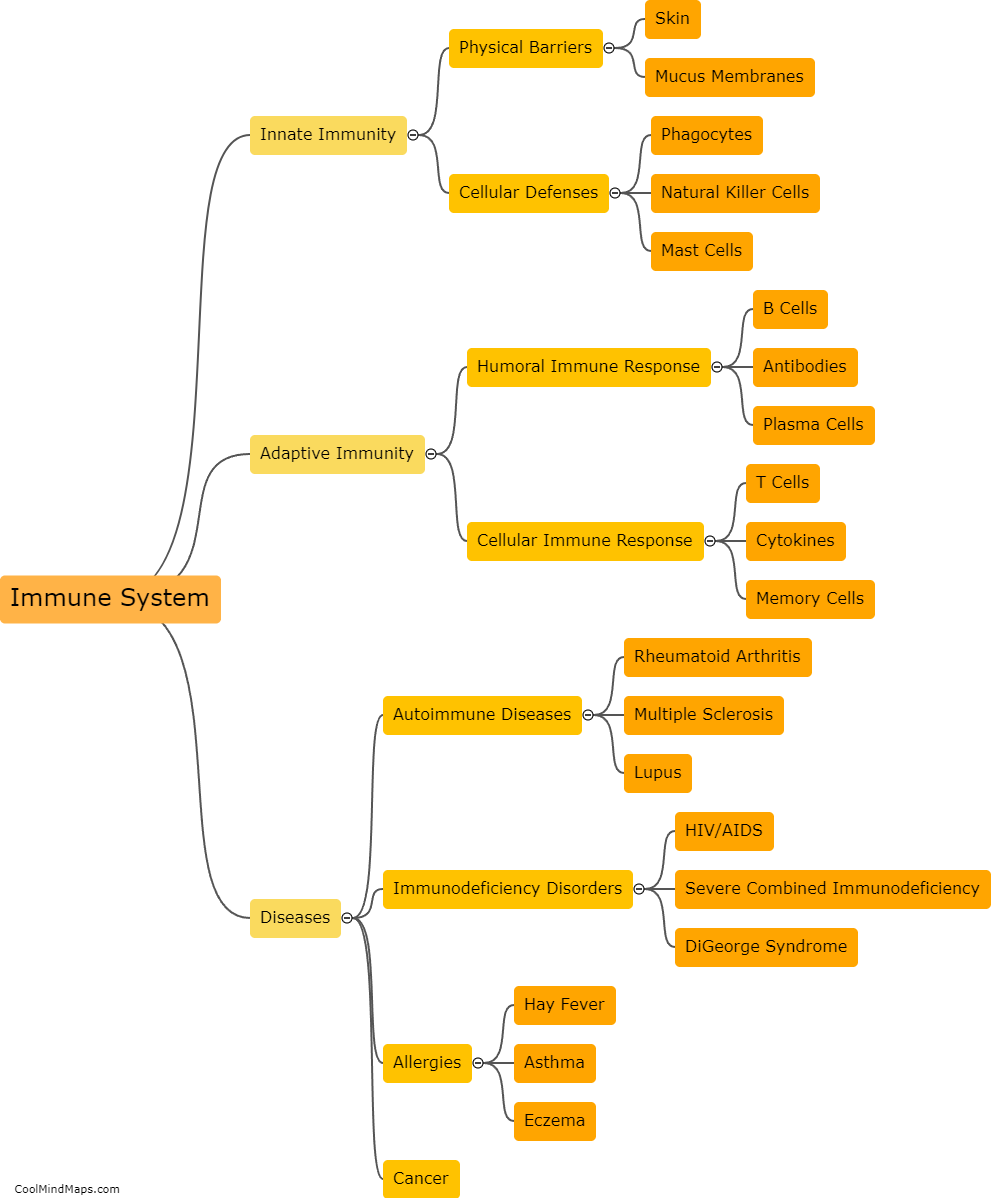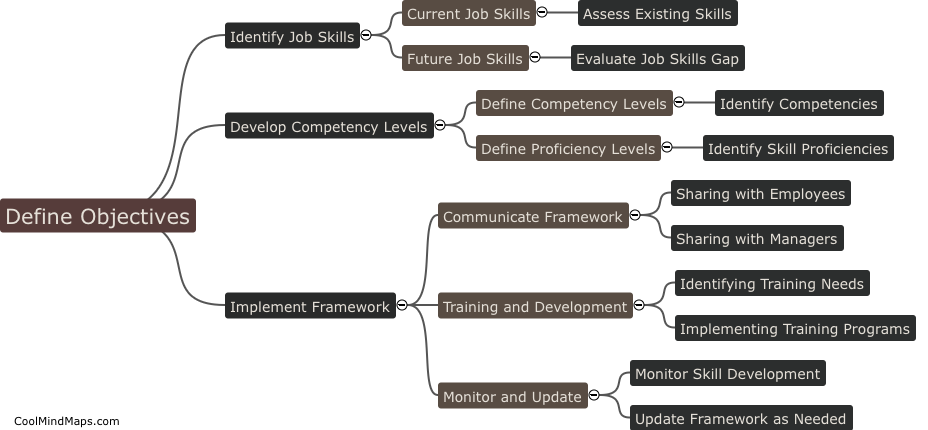What are the possible ways to organize mesh data?
There are several possible ways to organize mesh data, each with its own advantages and drawbacks. One common approach is using an adjacency list, where each vertex is linked to its neighboring vertices through a list or array. This method is memory-efficient and allows for dynamic mesh data, but it can be slower for traversing and accessing specific elements. Another option is using an adjacency matrix, which represents the connectivity between vertices using a binary matrix. While this method is more efficient for element lookup, it can be memory-intensive for larger meshes. Lastly, a half-edge data structure can be used, where each edge is represented as a pair of half-edges pointing in opposite directions. This structure allows for efficient navigation and topological queries, but it requires more memory and some preprocessing. The choice of organization method depends on the specific use case and trade-offs between memory usage, speed of operations, and flexibility needed.

This mind map was published on 9 December 2023 and has been viewed 90 times.











